An electric scooter is the newest craze to hit the commuting world. What is an electric scooter, you may ask? It is a vehicle that has either two or three wheels, that you plug into an electric current to charge the power source and then you have virtually hours of low cost, efficient transportation that will get you in and out of traffic, to your destination without the hassles or stress of “road rage” or traffic jams. It is probably the perfect mode of transportation, weather permitting. I would not recommend an electric scooter during a rain or snow storm; however, if you constructed some sort of overhead cover, you could probably use your electric scooter during any weather conditions.
When you charge your electric scooter the electricity is collected and stored in a rechargeable battery compartment that is onboard your scooter.
Early History of the Electronic Motorcycle
The history of the electronic motorcycle goes back as far as 1895—when on September 19, 1895, the first patent was filed for an electrical bicycle. It was in Canton, Ohio, by Ogden Bolton. On the same year, on November 8th, there was a second patent filed by Hosea W. Libbey of Boston, Massachusetts, was filed for an “electric bicycle.”
Then in London, England, during the Stanley Cycle Show in 1896 an electric tandem bicycle was first demonstrated by Humber, the bicycle manufacturer.
Popular Mechanics introduced an electric motorcycle in the October 1911 issue. This electronic motorcycle professed to the statement that this electric motorcycle could go an average of seventy-five to one hundred miles on a single charge; and had three speed ranges of four, fifteen, and thirty-five miles per hour.
Then in 1919, a prototype electric motorcycle made by Ransome, Sims, and Jeffries, with a battery compartment that used the underside of the side car seat to store the batteries never quite made it past the trial stages, even though it had been registered for use on the road.
Electric motorbikes have continued to evolve through the years, from the 1950s up until current days. Now as of June of 2014, even the famous Harley Davidson brand has made its own prototype for an electric motorbike.
A United States based supplier of the marketable creation and provider of electronic scooters worldwide is the Z Electric Vehicle. In 2014, BMW released the “C-Series” electric scooters in Germany.
Power Source of the Electronic Scooters and Motorcycles
The main power source for your electric scooter or motorcycle is what is known as lithium-ion batteries that are rechargeable. (Some of the earlier models used a nickel based battery).
In 2017, however, there was the first electronic scooter to use the Lithium Titanium Oxide Battery; it is called The Espresso, and was built with the newest non-flammable technology for a battery. This type of battery can be fully charged in less than ten minutes, and can withstand 25,000 charges (which is the equality to 70 years of daily charging).
The history of the electronic scooter and motorcycle as evolved so much over the past century that someone without an experienced eye could not tell the difference between a gas or electric powered motorcycle. The biggest difference between the two are that the electric powered scooter and motorcycle is much more cost-effective and will save its owner a lot of money during the course of ownership, on gasoline and repairs.
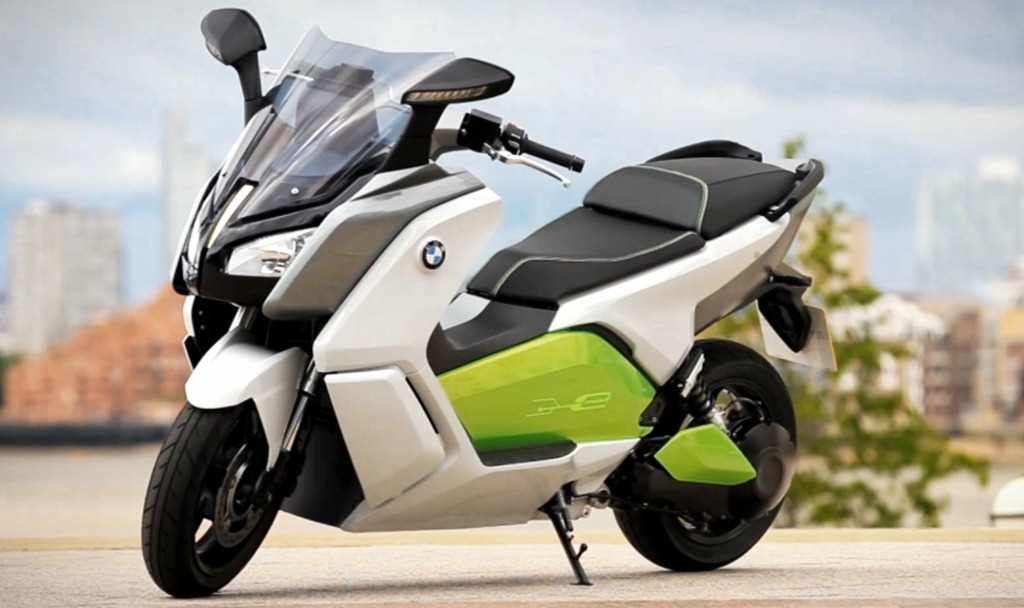










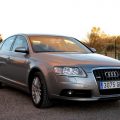











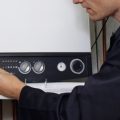

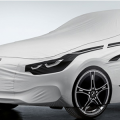

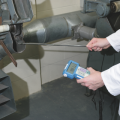

No Comments
Leave a comment Cancel